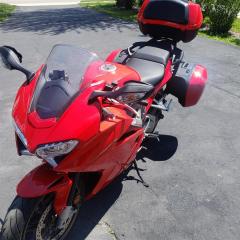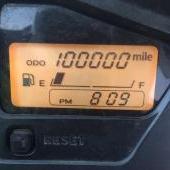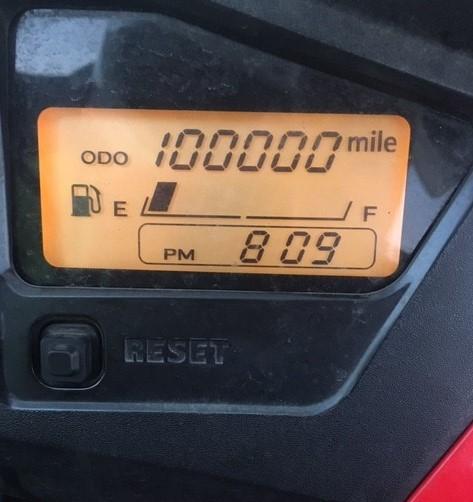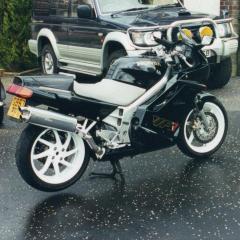Leaderboard
Popular Content
Showing content with the highest reputation on 10/26/2020 in all areas
-
1 point
-
Yes this is still happening. It appears that we (those of us already in with deposits on the current group-purchase) have stalled out below the number of header systems required for an order to go forward to production. So if you come in and add yourself to those who've placed deposits we'll be closer to "go!".1 point
-
1 point
-
^^^this. I've asked for this step to be modified in the guide a few times and many people are missing this important step--close the bleeder between actuating SMC and before refilling with rear pedal. I reference this in my short form guide.1 point
-
1 point
-
1 point
-
1 point
-
1 point
-
1 point
-
I bought mine new April 2020, lockdown and weather has her at 700 odd miles still. First service done and waiting to tour1 point
-
First off - I'd like to say that IMHO this is one of the most valuable 6th gen guides we have - I'd like to request that it be pinned to the maintenance forum where it's readily accessible. Secondly, although I've used this guide previously with success, I would like to add some nuances to Part 3, subsection C. In that part, bleeding the Secondary Master Cylinder on the L. Front caliper and the Left Side Proportioning Control Valve (LPCV), I made a still unknown mistake and managed to get a HUGE amount of air in to the system. After two hours of cursing and frustration I quit for the day and came back to it later. Here is what I discovered: * If you pump the rear brake pedal with the LPCV bleed open, the fluid will go directly through the LPCV and you will not add any fluid to the SMC. No amount of vacuum bleeding from the LPCV will add fluid to the SMC. * There is a specific timing of rear pedal actuation, SMC actuation and open and close of the LPCV. While the instructions are extremely helpful, there were just a couple of things I missed. As mentioned, cycling the rear brake pedal will fill the SMC with fluid and will be felt as the plunger pushes out. With the fluid gone however, you'll have to do that many times before enough fluid reaches the SMC plunger to feel anything happening. You will have to go through the cycle below to purge out enough air to even get fluid to the SMC. I kept thinking "WTF is wrong, this is supposed to move the SMC out but nothing is happening." You'll think you're going nowhere, but just keep at it until you feel motion at the SMC. Don't forget to check the fluid level in the RMC as you'll go through quite a bit. If you draw air you start the entire process again. The timing is thus Press the rear brake pedal until motion is felt at the SMC. The SMC plunger is retained and will not come out with rear brake pressure. See above if you feel nothing at the SMC while pumping the rear pedal - you may need to complete the drill below a number of times before that happens. Release the rear brake pedal. Push inward on the SMC as in the instructions. Hold pressure on the SMC while at the same time opening the LPCV bleed valve. As the SMC moves inward note the fluid movement out of the LPCV. In my case there were many, many bubbles as the air purged. Close the bleed valve while holding the SMC plunger in. Keep the SMC under pressure - do not release it. If the SMC is then released and allowed to return to the relaxed position on its own, the air compressed in the line to the LPCV will expand and push the SMC plunger out, refilling it with air. You'll keep going in circles pushing the air back and forth but not purging it. If there is no air in the system this likely is not an issue as there's only fluid on either side of the SMC. This is the main thing that I missed. The key is to replenish the fluid in the SMC by only pumping the rear pedal to supply fluid from the RMC and not from the line between the SMC and LPCV. The SMC plunger should *never* be allowed to move outwards on its own. Now pump the rear brake pedal again to bring more air-free fluid to the SMC - you'll feel the plunger pushed out as new fluid moves in. Repeat the cycle. It may take a fair number of these cycles before motion is felt at the SMC if the SMC started out empty. The SMC is small and does not move much fluid, so it can take quite a few cycles to move all the air out. Lastly, while having a helper to cycle the rear brake pedal is helpful, it can also be done solo. Scrounging around some scrap wood I found a 24 inch piece of 1X2. Placing it vertically on the pedal provided a perfect way to push down on the pedal from the opposite side. I could push down while at the same time hold the SMC plunger with my left hand and feel it coming out. That feedback loop was helpful in "figuring it out". It just leaned neatly against the frame when not needed until the next cycle. If you didn't bollix it up like I did, it shouldn't take long to do this. In my case even once I had it down it was still a good half hour until I was satisfied with it. Lastly, you can check SMC operation. Wear some soft soled athletic shoes and turn the steering head to right lock. Now push moderately on the caliper with your shoe to activate the SMC. Either reach back to turn the rear wheel or have a helper do it - if it cannot be turned then your SMC should be good to go. Release pressure from the SMC and verify your rear wheel now turns easily. You should also feel a solid rear brake pedal. Top up the fluid and you're done. While a PITA, IMHO this is a step that should not be skipped. As we've seen with bikes that have rear calipers that will not release, the SMC can be a villain in that process, so keeping the fluid clean is important.1 point
-
When replacing the fluid, it's a good chance to lubricate the tip of the master cylinder piston, where the brake lever makes contact with it. I used silicone brake caliper grease per the shop manual, and the lever slides much more smoothly now.1 point
-
Thanks combine! My bike takes a long time to warm up but does hit 165 and stay around there but also doesn't seem to come down from 225 fast when idling w/ the fan on either. I initially thought the thermostat was messed up but as the weather got warmer the bike warmed up slightly faster but not as fast as a car normally does so I wasn't sure. Also my initial mileage was in the mid 30s which I HOPE is a problem with the thermostat. Combing this with your advice above gives me the idea that like yours my thermostat is stuck partly open . I wonder if I were to grab the upper radiator hose before the bike hit 165 and it was warm that might confirm it?1 point

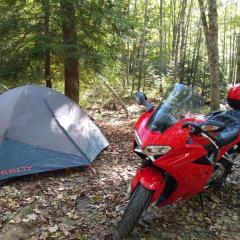
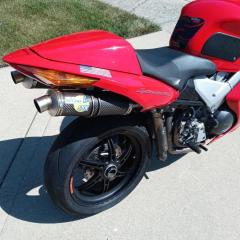
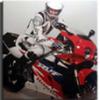

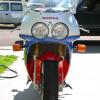
b.jpg.49cd5b106aae51a7f533a99f8a885701.jpg)


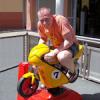
.jpg.a14199f63aaf9b002277ee1f593fbdcf.jpg)


